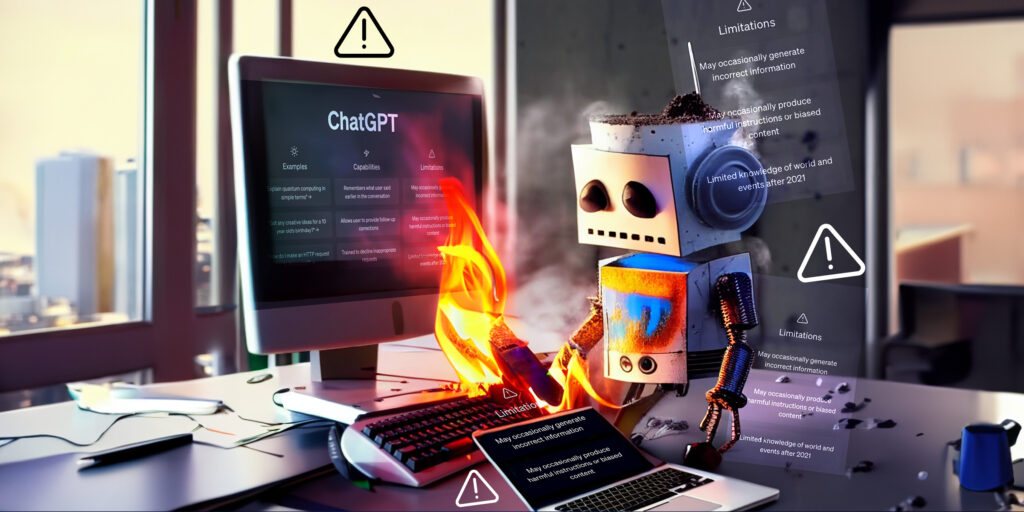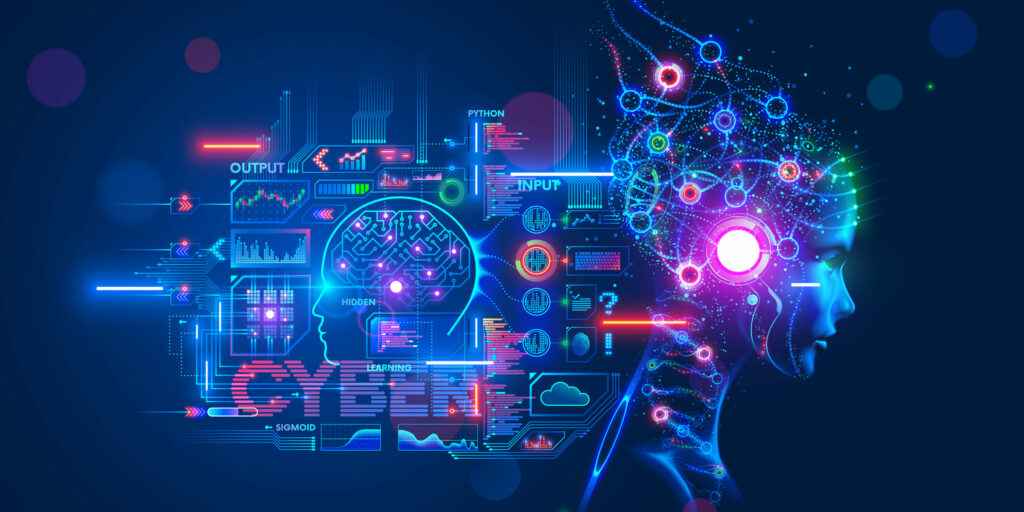The restart after COVID-19
Imagine a world where everything that you assumed as ‘business as usual’ just stopped. Really… just stopped. What would have seemed like fiction less than a year ago became a troubling reality in March 2020. And mirroring scenes from many movies the population embarked on a wave of panic buying; the likes of which we had never seen before. Against this backdrop, stores, unless deemed essential were then closed – with no fixed date of reopening. Thousands upon thousands of staff were no longer required to work and the word ‘furlough’ became part of everyday language. Supermarkets gave us a window into the future of the high street as we have become accustomed to queueing and then following a strict flow up and down the aisles until we reached the checkout.
Perhaps Ikea saw the future… as we have all experienced the guided walk around their stores for years. How will we resume? I keyed ‘Retail 2.0’ – a term often used throughout 2019 – into Google (other search engines are available) and saw a list produced of all the predictions from futurologists and retail gurus explaining that we are about to enter the ‘experience economy’ and everything that goes with it. It then occurred to me that Retail 2.0 has now been superseded. Everything that was predicted to be needed was still valid, but COVID-19 has introduced a shift so profound that it will impact everybody and every retailer. Welcome to ‘Retail 2.5’.
What has changed?
Everything that could possibly have changed during this time actually has.
Demand patterns that experts have spent decades refining and predicting have been thrown out of the window, as an entire season is bypassed. No holidays overseas means no need to buy that summer wardrobe. Working from home means no need to buy even smart casual wear for the office – and shoes? Who has even worn ‘proper’ shoes since March? Reading books, magazines and blogs means that even the usual summer rush at bookstores will not be happening… and we have found a deeply hidden passion for baking and cooking at home which saw flour missing from supermarket shelves for several weeks.
One only had to read a small amount of the business media to see the fallout between some clothing retailers and their suppliers in places such as Bangladesh and other Asian countries. Tales of refusal to accept ordered goods, to pay for landed goods and to cancel orders past the deadline have been frequent and sobering.
Supermarkets, although having traded throughout this are not immune from the spectre of change. Behaviours have adapted as huge numbers opt to return to the days of the ‘big shop’ – in one swoop impacting any retailer that was capitalising on regular daily shops (where we all know we spend more, and more frequently). This has helped the convenience stores to provide a local focus as we top-up items such as milk and bread between weekly visits to the supermarket.
Where income has become less predictable – although the Government furlough scheme has protected millions of people – the overriding emotion for most is to limit risks ‘just in case’. For this reason, we will see less spending on ‘big ticket’ items such as furniture, cars, kitchens, and bathrooms. A reluctance to commit to a sustained period of credit is very likely to be a consequence of the crisis. Will we even really need the latest phone or tablet: or just stick with the one that we have?
What about the other staples of the retail calendar? Merchandise tie-ins with the latest movies – sitting astride categories from toys, clothing, general goods and specially wrapped food products – are non-existent as the films are now months, if not years, behind schedule. And how will cinemas operate in a socially distant world anyway? Will this cause a dearth of content on digital platforms such as Netflix and Disney+ affecting subscriptions in the medium and long term? The annual ‘back to school’ event has been smashed to pieces! How will schools operate, and how will retailers be able to make this as punchy and essential if there is to be a mix of schooling at home and on site for the foreseeable future? How will universities resume too? Fitting out new students’ accommodation was another regular in the calendar. Where will that sit?
Add on to this the impact to bars, restaurants, commercial arms of professional sport, and you can see the seismic, once in a lifetime change that has happened to a sector.
What response, and how can technology help?
Core business functions have been impacted by this, and need to respond with pace and agility:
• Cash flow has always been vital, and never more so than now. Cash flow forecasting must be timely and accurate – especially while the global economy is in recovery through 2021 as predicted by economists
• Supply chain now exists in a world of uncertain demand, and dependent upon long lead time sources. More localised manufacturing and multiple sourcing routes are being investigated by all sectors of retail
• Store operations have more guidance and regulation than before; with limitations on customers in-store, fitting rooms potentially closed, and more emphasis on all things contactless in the customer journey
Apparel and fashion retailers have suffered due to the traditional hard seasons that they usually operate, with regular long lead times from order to delivery. An experienced supply chain executive told me: “There is a need to significantly shrink the time from idea to stocking the product in store.” This is perfectly demonstrated by ‘fast fashion’ retailers where they are vertically integrated and frequently churn ranges of stock – meaning it can be as little as six weeks from designer to shelf. Tight technology integration along the chain gives visibility of what to expect (and when), and control to identify any issues and take corrective action.
Once the range of products has been refined, how much needs to be ordered or made? Traditional demand modelling is a thing of the past. As we recover from the COVID crisis what was sold in 2019 is going to be quite irrelevant to what will be sold in 2020 and 2021. New artificial intelligence (AI) tools are able to work with complex mathematical models to produce simulations – and need to only see tiny amounts of data to create them. These models can be applied across categories, and the machines are able to ‘learn’ the performance of all goods at an extremely granular level.
The future of item management is already in place within the Inditex Group, where every item is tagged with RFID (radio frequency identification) at its source. This is made possible through the availability of very low cost single use tags which are fixed to the item and provide contactless identification throughout the supply chain (from manufacture to store), and through the store to the end customer. Where checkout uses the same RFID tags for speed, accuracy, and to minimise touchpoints. Inventory counting is straightforward and reduces physical contact with goods.
Acting as a system of record, the ERP system is at the heart of providing cash flow forecasting to the business. Capturing all inventory activities, other costs, maximising the benefits of payment terms, and ensuring that customer invoices are paid on time are fundamental to ERP, and core to managing cash flow in the business. Providing this information in a simple to consume format for finance executives improves their decision making ability.
Technology provides answers to other challenges too. During lockdown and now as stores reopen, a number of brands are using ‘clienteling and assisted selling’ tools for retail associates to remain in contact with customers, driving sales in online stores and advising on forthcoming new launches. Engagement is maintained with key customers, and their loyalty is retained much more effectively than sending a regular email. Integrated services such as messaging, email, WhatsApp and WeChat create social engagement with the personal touch.
It is inevitable that new innovations will come to the fore as Retail 2.5 develops throughout 2020 and into 2021. Virtual fitting tools will become mainstream as fitting rooms are unavailable and customers struggle with the mysteries of how a size in one brand fits, yet the same size in a different brand does not. Retailers who had none or very poor e-commerce will establish a capability so that they never again run the risk of zero revenue.
Through all of this, we will continue to see the move to the cloud. Hyperscalers will provide data lakes where finally all the data of the business – irrespective of software package, bespoke system or database – will be able to be visualised in near real-time, and not just once a week when the Excel wizard has been able to merge all the sources together. Finally, board meetings will be able to see not just ‘what happened’ but also ‘why it happened’. Cloud based applications will surround the ERP systems as innovation delivers the experience economy post-COVID; leveraging technologies like Internet of Things (IoT) and AI to provide yet more insight.
Retail in the post-COVID world is going to be a very different experience for both retailer and customer. Experience is what will more than ever be the differentiator between retailers – but not in the way we thought in January 2020. Whether shopping in a socially distanced store, living the brand through virtual or augmented reality online, or talking to associates who may or may not be in the store, this will be different: this will be Retail 2.5.
“Retail in the post-COVID world is going to be a very different experience for both retailer and customer.”
*Steve Ingram is retail industry director at Keytree
Keytree did not pay for this article




